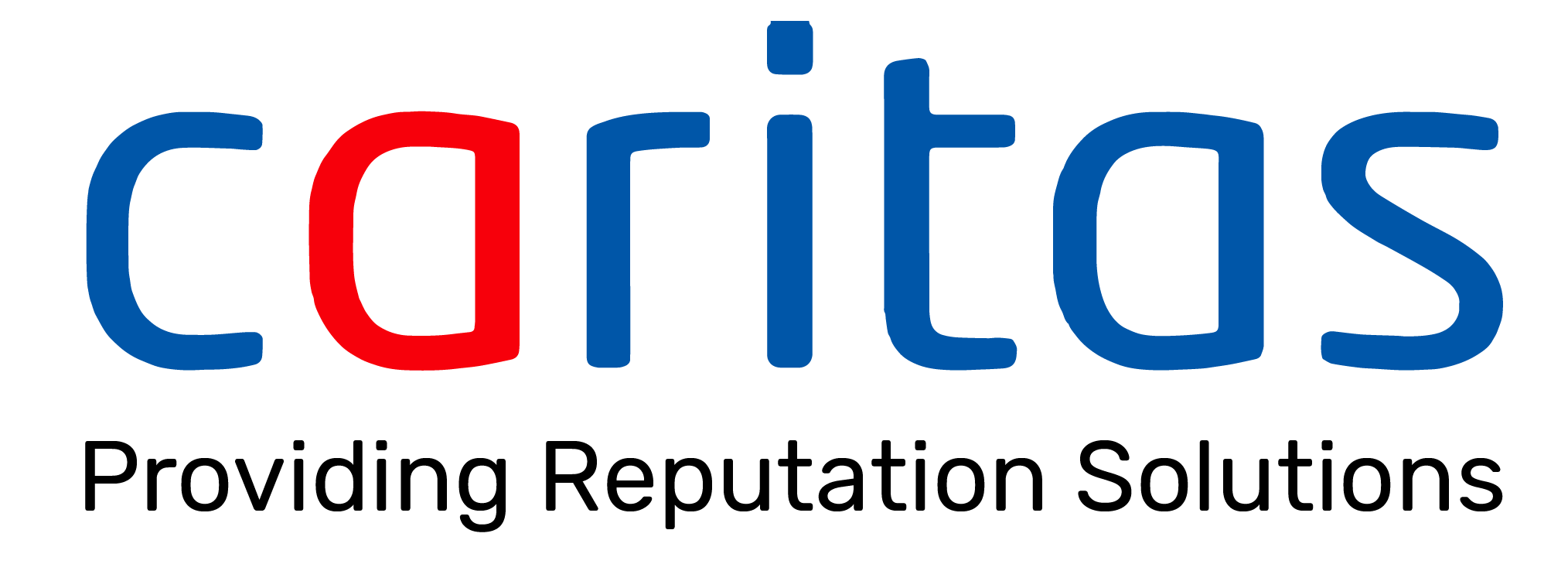Before now, mentorship in corporate settings has always flowed in a particular direction – experienced professionals guiding younger, less experienced employees. However, a shift is taking place with the emergence of reverse mentorship in which younger employees, particularly from Generation Z (Gen Z; born between 1997 and 2012), are now providing mentorship for older colleagues, including senior leadership. In today’s rapidly- evolving business environment, the roles of mentors and mentees are being redefined, with this new dynamic reshaping the corporate landscape and providing organisations with fresh perspectives and enhancing cross-generational collaborations.
Reverse mentorship involves younger employees offering insights to their more senior counterparts, particularly in areas where they may have more expertise, such as technology, social media trends, diversity, and cultural shifts. In this arrangement, senior leaders can gain new knowledge on topics that are rapidly evolving, while younger employees receive guidance on career growth and leadership development.
The Unique Role of The Gen Z
Members of this generation, which grew up with smartphones, social media, and digital tools as integral parts of their daily lives, are coming the workforce at a time of unprecedented technological advancement and social change. As a result, they possess an intuitive understanding of the digital landscape, a skill set that many older employees may lack, especially in a place like Nigeria. Additionally, the Gen Z seem to have a strong sense of purpose and values and care deeply about social justice, environmental sustainability, diversity, equity, and inclusion (DEI). These values often shape their expectations of the workplace and they are unafraid to challenge the status quo when corporate cultures fall short of these ideals. This unique perspective makes them valuable assets in reverse mentorship programmes through which they can offer fresh ideas on how to create a more inclusive and purpose-driven company culture.
As technology continues to evolve, it is critical for businesses to stay ahead of digital trends. Reverse mentorship allows Gen Z employees to share their knowledge on emerging digital platforms, tools, and online behavior. This can be particularly valuable in industries such as marketing, communications, and customer engagement, where staying relevant in the digital space is crucial. The familiarity of the Gen Z with digital tools allows them to introduce new ways of work that can improve efficiency and foster innovation. Older employees may learn to navigate apps, platforms, and technological trends that streamline workflows and create opportunities for creative problem-solving. By fostering an environment of continuous learning and openness to new ideas, reverse mentorship can help organisations stay agile and competitive.
In a reverse mentorship relationship, senior leaders are exposed to different worldviews, especially on issues regarding workplace culture and employee engagement. This can challenge long-standing assumptions about leadership and open the door to new management styles. The young employees tend to value transparency, flexibility, and collaboration, and their input can help reshape leadership approaches to better reflect these evolving values.
One of the biggest advantages of reverse mentorship lies in how it fosters mutual understanding between generations. By engaging in open, two-way communication, both younger and older employees can bridge generational gaps. This leads to a more cohesive and harmonious workplace where different generations feel valued for their unique contributions.
Implementing a Successful Reverse Mentorship Program
For reverse mentorship to be effective, it must be structured thoughtfully. Here are some key considerations towards implementing such a programme:
Establish Clear Objectives: It’s important to set clear goals for what both mentors and mentees hope to achieve. Whether it’s improving digital skills, or enhancing employee engagement, having well-defined objectives ensures both parties are aligned and benefit from the relationship.
Create a Safe Space for Learning: Senior employees must be open to learning from their younger counterparts without feeling threatened or undermined. Similarly, Gen Z employees should feel empowered to share their insights without fear of being dismissed. Establishing trust and respect is critical to the success of reverse mentorship.
Encourage Cross-Generational Collaboration: Reverse mentorship should not be seen as a one-way street. The best initiatives are those that encourage knowledge-sharing in both directions. Senior employees can share their wisdom on leadership, strategy, and decision-making while younger employees provide insights on modern trends, tools, and cultural shifts.
Evaluate and Adjust: Regular feedback is essential to the success of any mentorship programme and this is not an exception. Both mentors and mentees should reflect on the relationship and make adjustments as necessary to make it productive and fulfilling.
As Generation Z continues to reshape the workforce, their impact on the corporate landscape will only grow bigger and reverse mentorship is an innovative approach to leveraging the strengths of this generation, providing organisations with valuable insights and skills to drive growth and transformation. As an employer, embracing this new mentorship model can foster a culture of continuous learning, inclusivity, and innovation, ensuring your constant relevance in a rapidly-changing world.
Reverse mentorship is not just about younger employees teaching older ones about technology; it’s about fostering a deeper connection between generations, creating a more dynamic and forward-thinking workplace. The exchange of knowledge and ideas between younger and senior leaders holds the potential to transform the way companies operate and thrive in the 21st century.

